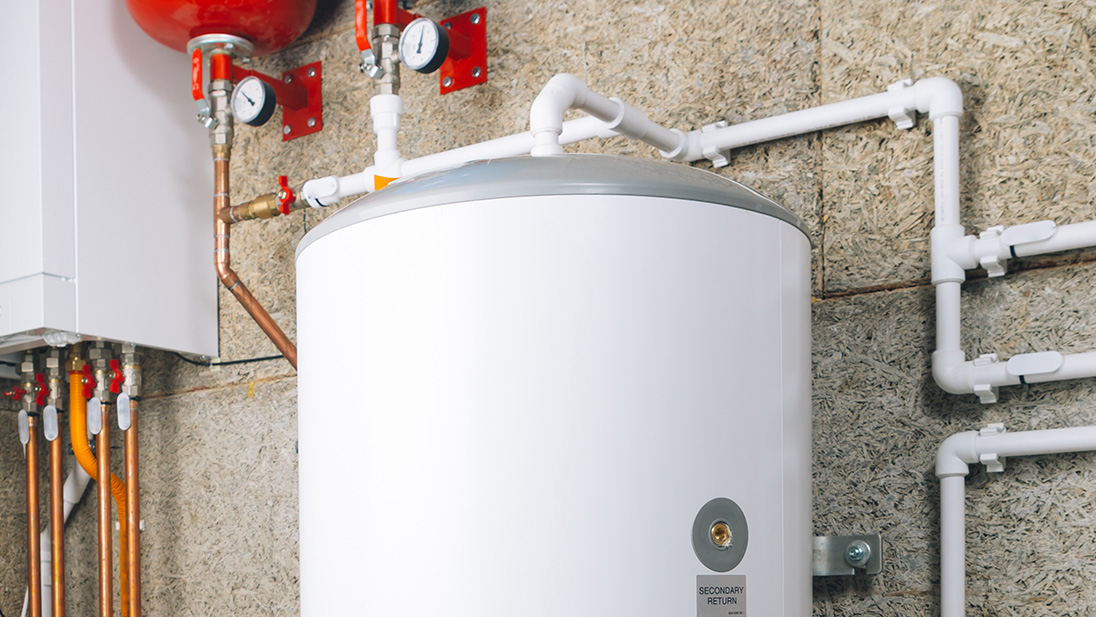Hot water heaters
Did you ever wonder if your hot water heater requires routine maintenance? Most people don’t think much about their unit until it develops a leak or there is no hot water. Whether it’s a standard residential heater or a commercial hot water supply boiler, they need regular maintenance to operate efficiently and trouble-free.

While there are different types of hot water heaters, they all provide the same thing – hot water for sinks, showers, tubs and appliances in your home or building. They are normally either gas-fired or electrically heated storage tanks with a cold-water supply inlet, hot water outlet, thermostat control and pressure relief valve. The tank is insulated on the outside, and usually has a glass lining on the inside to help protect it from corrosion. The tank will also have a drain valve near the bottom to remove sediment or empty the water, and a sacrificial anode rod to help prevent rust from building up. Electric water heaters have heating elements inside the tank to heat the water, while gas water heaters use a burner and chimney system. They are rated in Btu/hr. heat input (or kilowatts) and come in various gallon tank sizes. Tankless heaters have gained popularity, especially for residential use. Another common arrangement is having a heating boiler piped to a standard hot water storage tank.
Here are helpful tips to make sure your hot water heater is maintained properly:
- Set the water heater temperature no higher than 120°F for maximum efficiency. There is a thermostat dial or adjustment screw on the tank that can be manually adjusted. For every 10°F the temperature is lowered, energy costs can be reduced by 5%.
- The pressure relief valve is an important safety device that protects the tank from developing excessive internal pressures and temperatures that could create a dangerous condition. This safety device should be tested annually by placing a bucket underneath its drainpipe, and manually lifting the valve’s test lever until water flows out. If water is still leaking after releasing the test lever, replace the valve. This test should be done with the heater’s cold water supply valve closed and the power off.
- Also annually, drain the tank to wash out built-up sediment.Connect a garden hose to the bottom drain valve and open the valve, draining the water into a bucket until clear water runs out.
- Check the anode rod every three years. This rod is designed to disintegrate over time as it attracts the corrosive elements in the water. If it is extensively corroded or if it is completely covered in minerals, replace it. Power should be shut off and about five gallons should be drained from the tank before removing the anode.
- Wrapping the water heater in an insulating blanket will help enhance performance and decrease heat loss.
- Give it space – be sure to maintain two feet of clearance around the heater and never place storage items close to the unit or on top of it.
- Use the water heater’s vacation setting when leaving town or turn the thermostat down to its lowest setting.
While factors such as design, water quality and level of use might be out of your control, these simple maintenance tasks and practices will help save energy costs and maximize the life of the water heater.
